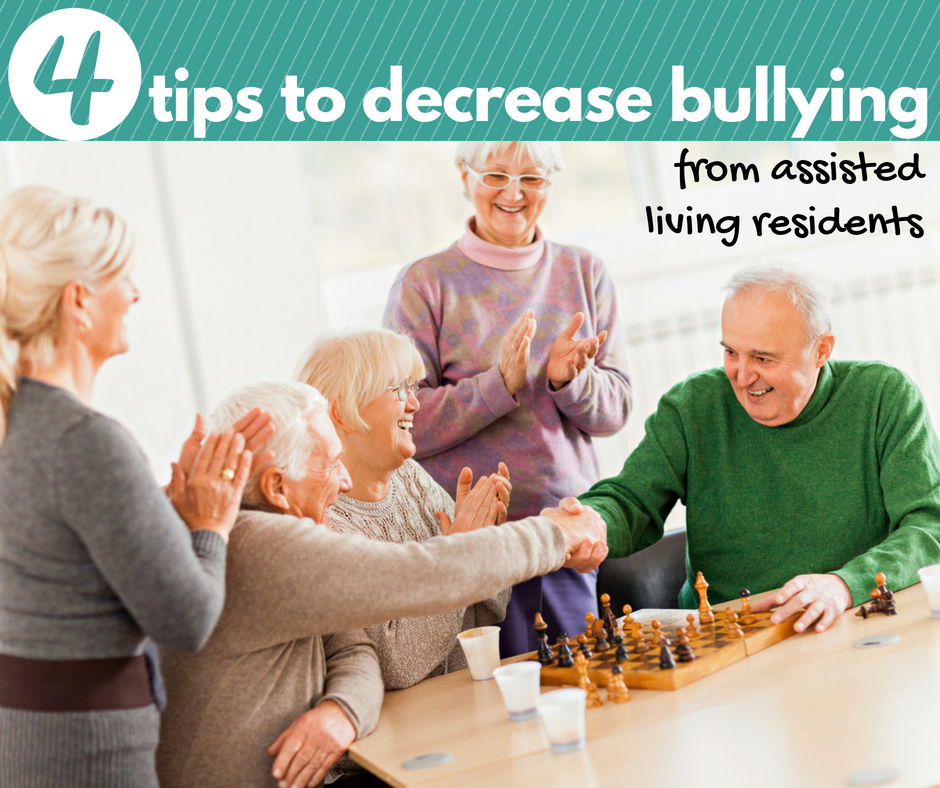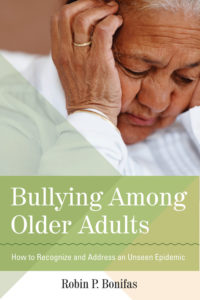
People who rarely interact with older adults can often perceive that the population is composed primarily of sweet little grandmas and grandpas who get along well with one another. So it is surprising to learn that bullying behaviors actually occur among older adults—especially in senior programs and senior living facilities.
Interventions to address bullying among older adults must consider what older adults themselves have to say about potentially effective strategies, especially given that they may witness bullying incidents more often than staff members do. Assisted living residents offered the following suggestions for how senior living organizations can decrease bullying and other problematic social behaviors:
-
Conduct onsite anger management classes
Older adults surveyed felt that many problematic interactions between residents stemmed from difficulties people had controlling their feelings of anger. Offer constructive ways for residents to manage anger and channel intense emotions.
-
Strive to set limits for people who bully or “pick on” others
Administrative staff should approach those who bully others, inform them that their behavior is not acceptable, and request that they stop. Staff should then provide suggestions of acceptable behaviors. For example, staff might tell a resident that she can’t save seats during leisure activities because doing so excludes others. The staff can then remind her that she and her friends are welcome to enter at the same time and will be helped to find seats together.
-
Work collaboratively with residents to minimize bullying and other negative social interactions
Regular meetings to promote communication and suggest potential resolutions to challenges occurring, could make a difference in bullying interactions. These meetings can be monthly resident council groups, where a resident can anonymously submit concerns about negative social interactions and open the floor for discussion.
-
Develop written policy and procedure statements to guide acceptable behaviors among residents
Some individuals may not inherently know which behaviors are inappropriate. Developing guidelines can serve as a foundation to help enforce civil social interactions, and inform residents about behaviors that are not permitted.
You can find more tips on recognizing bullying, intervening, and preventing it in Bullying Among Older Adults: How to Recognize and Address an Unseen Epidemic.
Let us know your thoughts in the comments!
This post has been adapted from Chapter 4 of Bullying Among Older Adults: How to Recognize and Address an Unseen Epidemic, by Robin Bonifas. Copyright © 2016 by Health Professions Press, Inc. All rights reserved.
Read the book!
Bullying Among Older Adults
How to Recognize and Address an Unseen Epidemic
By Robin P. Bonifas, Ph.D., M.S.W.
Copyright © 2016 by Health Professions Press, Inc.
Equip yourself with the knowledge and tools to recognize, intervene, and prevent resident-to-resident bullying in elder care.

